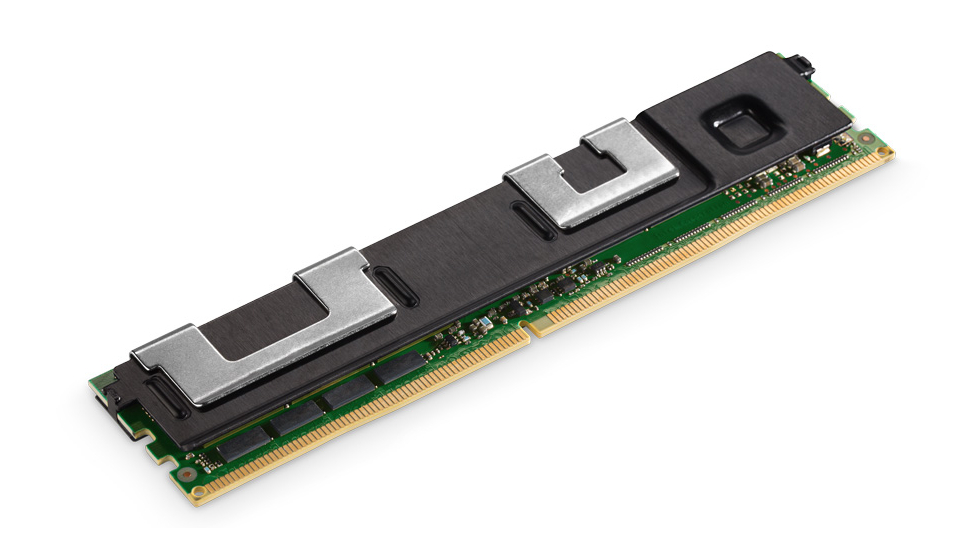Intel reveals Optane memory sticks that go up to a colossal 512GB in size
Persistent memory that doesn’t lose data after the power is turned off

Intel has finally crammed its Optane technology into a traditional memory stick form, albeit with the initial offering unsurprisingly aimed at heavyweight rather than consumer usage – but this points the way to promising things to come.
Intel first announced 3D Xpoint tech, which Optane is built on, almost three years ago now, although thus far Optane products have only been available as SSDs (or cache modules to speed up traditional spinning drives).
This major move sees Optane transitioning to a standard stick of memory which can be slotted into your motherboard just like a plain old DDR4 RAM module. The result is called Optane DC persistent memory.
What Intel is shooting for here is an attempt to get the best of both worlds when it comes to system memory and traditional drive storage. Optane DC persistent memory will offer far better performance than an Optane SSD, and although it won’t be as quick as DRAM, it will boast seriously elevated prospects in terms of capacity. Intel also claims it will be more cost-effective than traditional memory.
And unlike traditional system RAM, Optane DC persistent memory, as the ‘persistent’ part of the name suggests, won’t lose the data stored on it when the host machine is powered down; so it acts like a drive in that respect.
Intel noted: “By expanding affordable system memory capacities (greater than 3 terabytes per CPU socket), end customers can use systems enabled with this new class of memory to better optimize their workloads by moving and maintaining larger amounts of data closer to the processor and minimizing the higher latency of fetching data from system storage.”
Corking capacity
So, we are looking at huge potential capacities, with Intel making the persistent memory available in capacities of up to 512GB per stick (yes, 512GB) to begin with. The company said it’s already sampling now, with shipping to select customers beginning later this year, and Optane DC persistent memory expected to be widely available next year.
Are you a pro? Subscribe to our newsletter
Sign up to the TechRadar Pro newsletter to get all the top news, opinion, features and guidance your business needs to succeed!
The new memory is designed to work with Intel’s next-gen Xeon processors in data centers, where it is expected to have a “significant impact on real-world operations”.
That means a 9.4 times increase in database operations per second, Intel claims, and the ability for servers using the new memory to host more instances, as well as benefiting from restart times in the order of seconds as opposed to minutes for a DRAM-only cold restart.
The benefits are pretty clear, then. And hopefully, as mentioned at the outset, this points the way to some Optane advancements for the consumer on the memory front down the line.
Thus far, Optane has been available to the consumer user in the form of memory modules that act as a cache for a slower hard drive, and high-performance SSDs of various different flavors. While those storage applications are certainly impressive, the memory arena is where Optane is likely to make its greatest impact.
- Thinking of getting an SSD? These are the best cheap SSD deals
Darren is a freelancer writing news and features for TechRadar (and occasionally T3) across a broad range of computing topics including CPUs, GPUs, various other hardware, VPNs, antivirus and more. He has written about tech for the best part of three decades, and writes books in his spare time (his debut novel - 'I Know What You Did Last Supper' - was published by Hachette UK in 2013).